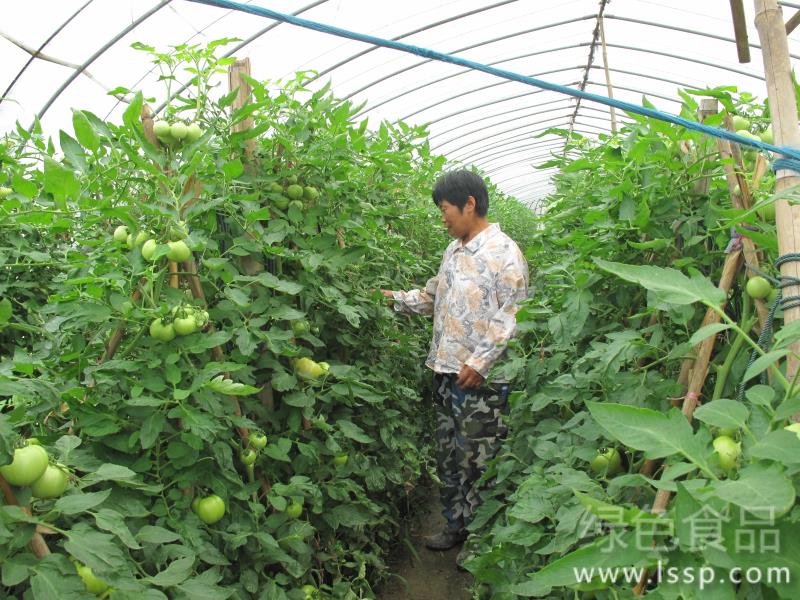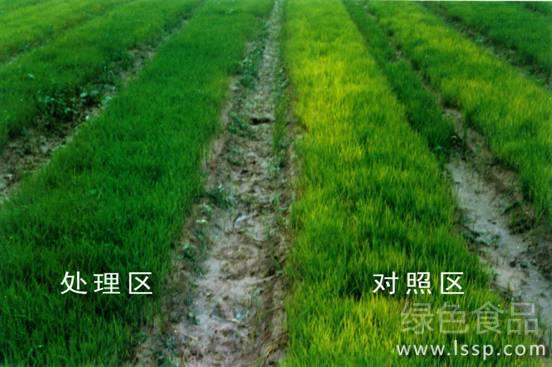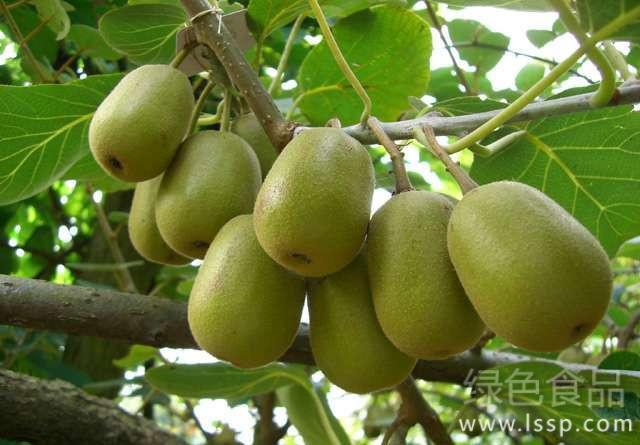Vegetable farmers must learn six tricks to prevent premature senescence of fruits and vegetables.

Vegetable planting
In the cultivation of fruits and vegetables, premature senility has always been a headache for vegetable farmers, resulting in low output and declining product quality, how to prevent premature senility of vegetables? Such as pepper, cucumber and tomato, such as plant shrinkage, leaf yellowing, fruit ripening late, low yield, serious can make the plant die prematurely.
The main reason for the premature senescence of vegetables is high temperature and heavy rain. The prevention methods are as follows:
First, pruning at the right time. The main function of pruning is to prevent plant overgrowth, reduce excessive nutrient consumption and promote plant fruiting.
Second, remove the old leaves. All kinds of fruits and vegetables should remove the old, withered and diseased leaves from the lower part of the plant in time to prevent the field from closing. This can not only reduce the nutrient consumption of the plant, but also effectively control the spread and spread of the disease, but also help ventilation and light transmission in the field and promote the robust growth of the plant.
Third, harvest as soon as possible. Fruits and vegetables advocate early harvest of fruits, which can not only reduce nutrient consumption, but also prevent premature senescence of plants.
Fourth, reasonable topdressing. Reasonable topdressing provides sufficient nutrients for plant growth and development, which is the key to prevent plant senescence, and the best time for topdressing is after fruit harvest.
Fifth, irrigation to cool down. In the hot summer, according to the weather and soil moisture appropriate watering, irrigation should be irrigated, in order to prevent erosion of the base of the ridge and damage the root system of the plant. At the same time, after heavy rain, drainage and waterlogging prevention should be done to ensure the normal growth and development of seedlings.
Sixth, prevent diseases and insects. For fruits and vegetables, we should pay attention to early and timely prevention and control of aphids. Generally, 20% permethrin emulsion 800-1000 times can be used to spray leaves.
The powdery mildew of cucumber can be sprayed with 1200 times of thiophanate methyl 800 times or 1200 times of wettable powder, and the downy mildew of cucumbers can be sprayed with 400 times of aluminum ethyl phosphate or 1000 times of 25% ribavirin.
75% chlorothalonil or carbendazim wettable powder 600% 800 times liquid spray can be used to control tomato gray mold.
To prevent and cure eggplant cotton blight, 75% chlorothalonil 700 times or 50% carbendan 500 times can be sprayed at the initial stage of the disease, once every 7-10 days, a total of 3-4 times, and evenly sprayed on leaves and fruits during spraying, which can effectively control the development of the disease.
- Prev

Analysis on the main points of Rice Seedling raising techniques of "dry nursery nanny"
Analysis on the main points of Rice Seedling raising techniques of "dry nursery nanny"
- Next

Pruning principles and techniques of reasonable pruning kiwifruit in winter
Pruning principles and techniques of reasonable pruning kiwifruit in winter
Related
- Fuxing push coffee new agricultural production and marketing class: lack of small-scale processing plants
- Jujube rice field leisure farm deep ploughing Yilan for five years to create a space for organic food and play
- Nongyu Farm-A trial of organic papaya for brave women with advanced technology
- Four points for attention in the prevention and control of diseases and insect pests of edible fungi
- How to add nutrient solution to Edible Fungi
- Is there any good way to control edible fungus mites?
- Open Inoculation Technology of Edible Fungi
- Is there any clever way to use fertilizer for edible fungus in winter?
- What agents are used to kill the pathogens of edible fungi in the mushroom shed?
- Rapid drying of Edible Fungi

